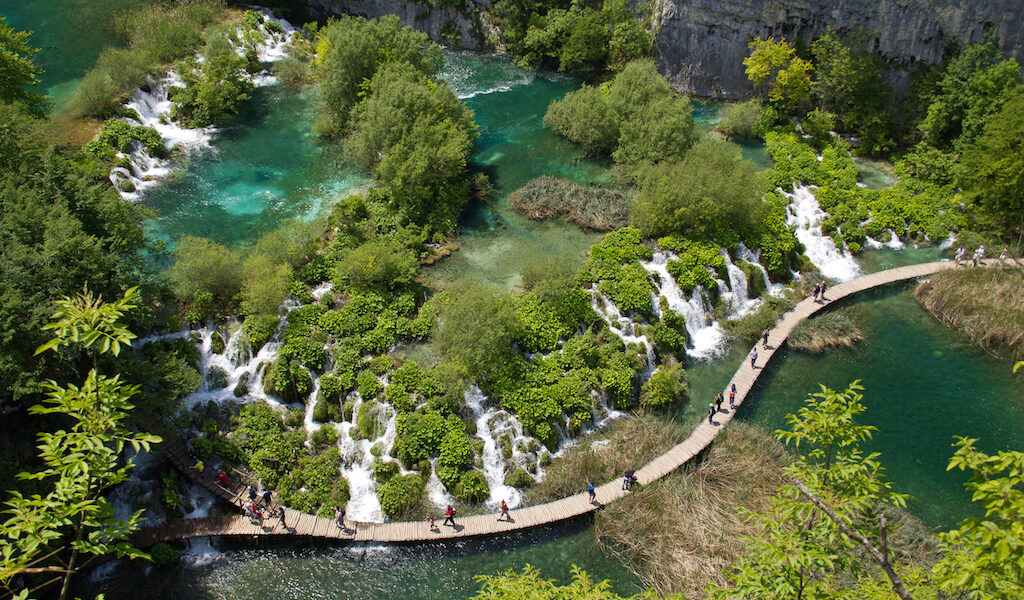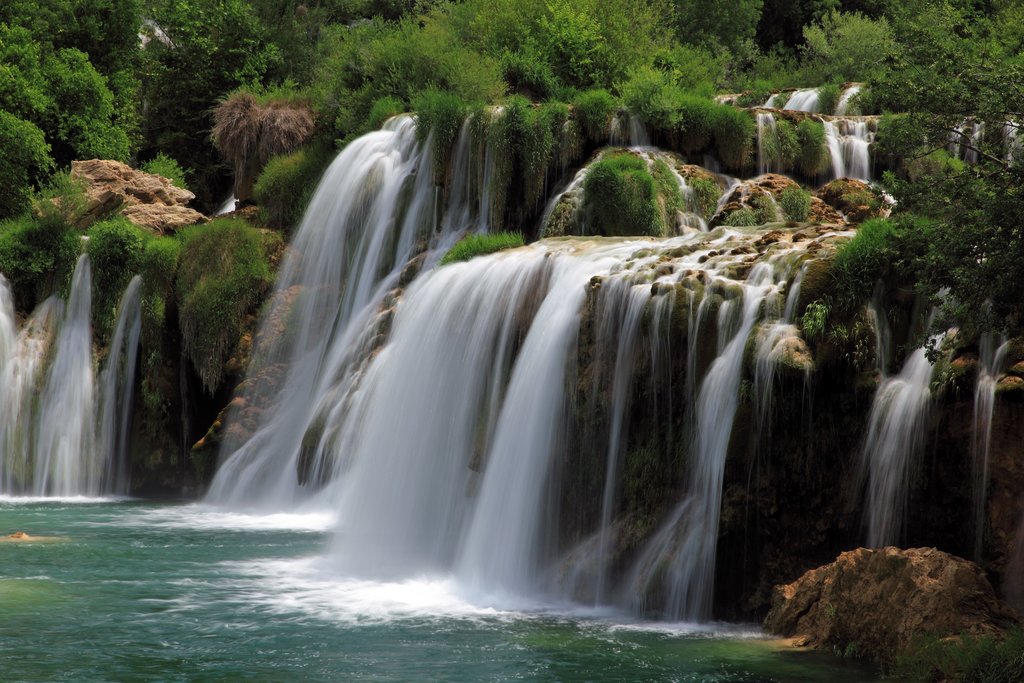
To visit Croatia is to become part of its landscape of natural wonders. Its national parks may be the country’s best known conservation areas, but even in the nation’s capital, Zagreb, visitors are surrounded by protected regional parks, forests and even a mountain.
“`html
Croatia, a jewel of the Adriatic, boasts a captivating array of natural wonders that extend from its sun-kissed Dalmatian coast deep into its verdant heartland. The following selections offer a glimpse into just a few of these remarkable treasures, each possessing its own unique charm and allure.
Plitvice National Park
Without a doubt, Plitvice National Park stands as Croatia’s most renowned natural wonder, a breathtaking masterpiece sculpted by the patient hand of Mother Nature herself. Imagine an open-air museum, but instead of art, you’re surrounded by the raw, untamed beauty of the natural world. Situated a mere 90 miles southwest of Zagreb, Plitvice is an immersive experience that engages all the senses. Here, you’ll find a symphony of sound and sight, orchestrated by the constant rush of waterfalls in every conceivable size and form.
The park is a captivating collection of 16 interconnected lakes, each cascading into the next in a mesmerizing dance of water and light. What truly sets these lakes apart is their unique coloration; each appears to possess its own distinct shade of turquoise, creating a stunning visual tapestry that shifts and changes with the sunlight. Beyond the lakes, panoramas of densely forested land stretch as far as the eye can see, offering a scene of unparalleled beauty. This is the ultimate destination for those seeking to be completely humbled and awed by the power and artistry of nature. Spend time traversing the wooden walkways, breathing in the fresh air, and letting the sheer scale of Plitvice National Park wash over you. It’s more than just a visit; it’s an experience that will stay with you long after you’ve left. The park offers various hiking trails, catering to different fitness levels and time constraints. Whether you prefer a leisurely stroll or a challenging hike, there’s a path for everyone to discover the park’s hidden gems.
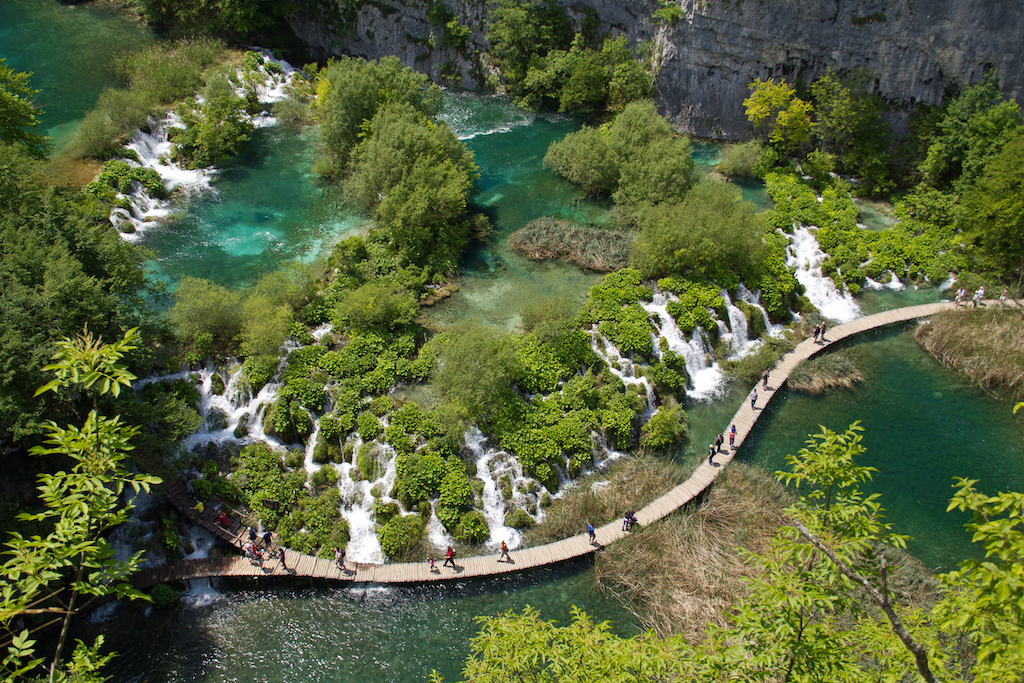
Krka National Park
Venture approximately 56 miles south of Zadar to discover Krka National Park, nestled near Skradin, a charming town just north of Šibenik in northern Dalmatia. Krka shares a captivating similarity with Plitvice, with its cascading waterfalls serving as a major attraction. However, a key distinction lies in the source of these majestic falls. Unlike Plitvice, where the waterfalls are fed by lakes, Krka’s waterfalls are generated by the powerful Krka River. The Krka River winds its way through the park, its crystal-clear waters carving out stunning cascades and pools.
In fact, more than 60 percent of the river’s length is encompassed within the park’s boundaries, making it an integral part of the Krka experience. Krka is not just a spectacle of water; it’s also a haven for biodiversity. The park teems with a diverse and abundant selection of flora and fauna, creating a vibrant ecosystem that is a delight to explore. What truly sets Krka apart from Plitvice, however, is the opportunity to immerse yourself directly in the river’s refreshing embrace. Swimming is permitted in designated areas of the Krka River, allowing visitors to experience the cool, invigorating waters firsthand. Imagine swimming beneath a cascading waterfall, feeling the gentle currents around you, and surrounded by the lush greenery of the park. It’s a truly unforgettable experience. The Skradinski Buk waterfall is the most famous and largest waterfall in Krka National Park. It is a series of 17 cascades that stretch over 800 meters. The Roški Slap waterfall is another beautiful spot with opportunities for hiking and boat trips.
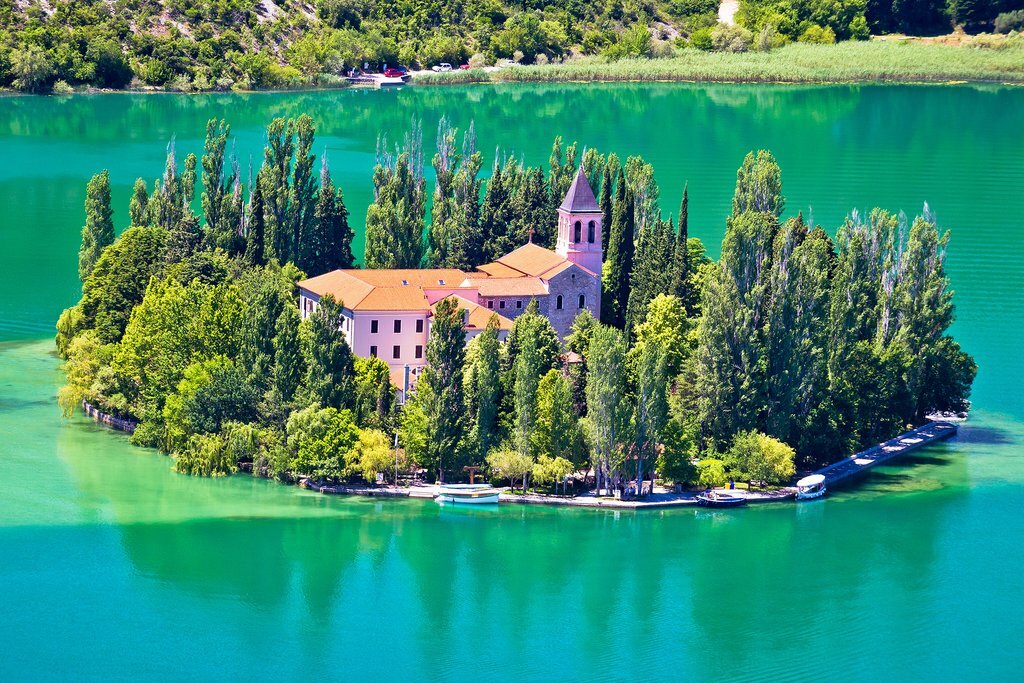
Mjlet National Park
Easily accessible as a delightful day trip from Dubrovnik, Mjlet National Park beckons with its tranquil beauty and unique attractions. The island’s primary draws are its two stunning salt lakes – one large and one small – both embraced by dense, verdant forests. The Great Lake (Veliko jezero) and the Small Lake (Malo jezero) offer serene waters perfect for swimming and kayaking.
Adding to the island’s mystique, a small island graces the surface of the larger lake, upon which stands a Benedictine monastery and church, testaments to the island’s rich history and spiritual heritage. Mjlet is a low-key island, a sanctuary of calm and relaxation, and its warm lakes are rumored to possess healing properties, adding another layer to its allure. Beyond its scenic beauty, Mjlet is also rich in flora and fauna, making it a haven for nature lovers. It’s a laid-back destination, perfect for leisurely hikes through its wooded trails, allowing you to soak in the island’s peaceful atmosphere.
Legend whispers that the mythical Ulysses was held captive on Mjlet by the enchanting nymph Calypso for seven long years, adding a touch of ancient lore to the island’s story. However, the island also has a less idyllic chapter in its history, involving snakes. Mjlet was once plagued by a snake infestation until 1910 when mongooses were introduced to rid the island of the reptiles. The plan worked, but the mongooses, lacking natural predators, thrived and overran the island. Some bird species are still recovering from the ecological imbalance caused by the mongoose population. This interesting story provides a compelling environmental example.
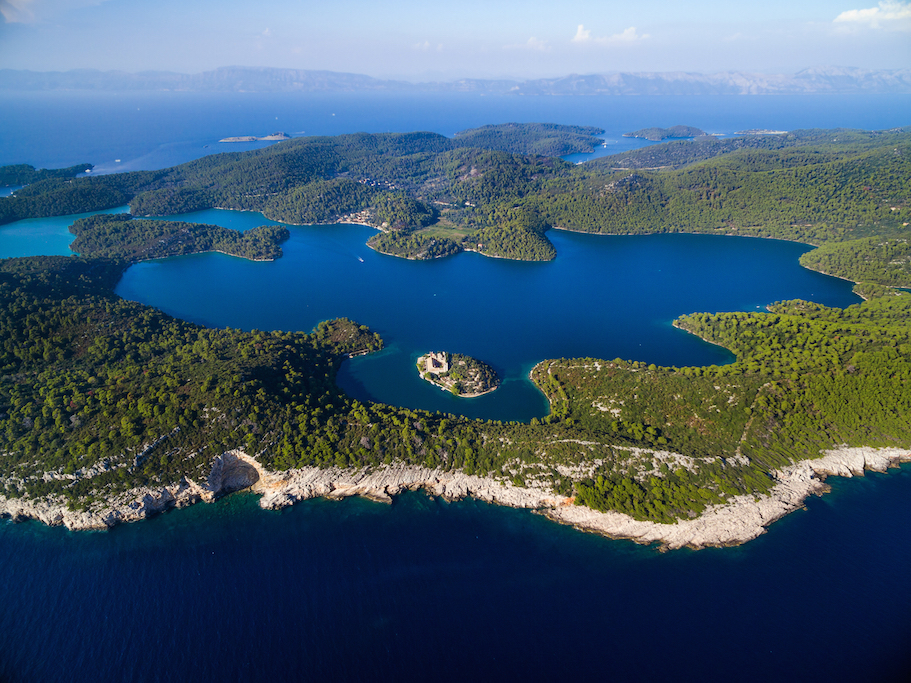
Chat with a local specialist who can help organize your trip.
Risnjak National Park
Nestled within Croatia’s Gorski Kotar region, a haven of mountainous terrain and dense forests, lies Risnjak National Park. Positioned just 15 miles northwest of Rijeka and easily accessible from Zagreb via the A6 highway, Risnjak (pronounced rihz-nyak) boasts a strategic location. While the park itself is dominated by mountainous landscapes, its proximity to two major population centers makes it one of the most frequented national parks in Croatia.
The park’s primary attractions revolve around outdoor pursuits, including climbing, hiking, and the observation of its diverse flora and fauna. Risnjak Mountain, after which the park is named, offers stunning panoramic views of the surrounding landscape. The Leska Educational Trail provides an informative and accessible introduction to the park’s natural features. This is a perfect location for families and those interested in exploring the area’s beauty. For serious hikers, the climb to the summit of Veliki Risnjak provides a rewarding challenge with breathtaking views. The park offers a variety of trails, catering to different skill levels and interests.
Brijuni National Park
Imagine a string of 14 islands gracefully scattered southwest of Pula and along the Istrian Coast. This is Brijuni National Park, a destination steeped in history and natural beauty. While Brijuni is perhaps best known as Tito’s “Camp David,” a testament to its past as a secluded retreat for the former Yugoslav leader, it also holds significant historical importance, tracing back to its days as a Roman settlement.
Adding to its historical tapestry, Brijuni is the very place where researcher Robert Koch successfully eradicated malaria on the island at the turn of the century, a remarkable feat of scientific achievement. The Brijuni islands also proudly boast the first golf course in Croatia, adding a touch of leisure and recreation to its offerings. Furthermore, the park houses Tito’s wild game reserve, a sanctuary for diverse animal species, and a rich collection of Mediterranean plant species, making it a haven for biodiversity.
Interestingly, Brijuni has no permanent residents, preserving its pristine natural environment. Access to the islands is exclusively through organized tours, which depart regularly from the docks at Fažana, ensuring a structured and informative experience for visitors. The islands are filled with Roman ruins, dinosaur footprints, and diverse ecosystems. The best way to explore the park is by bike or electric car. This allows one to reach many destinations.
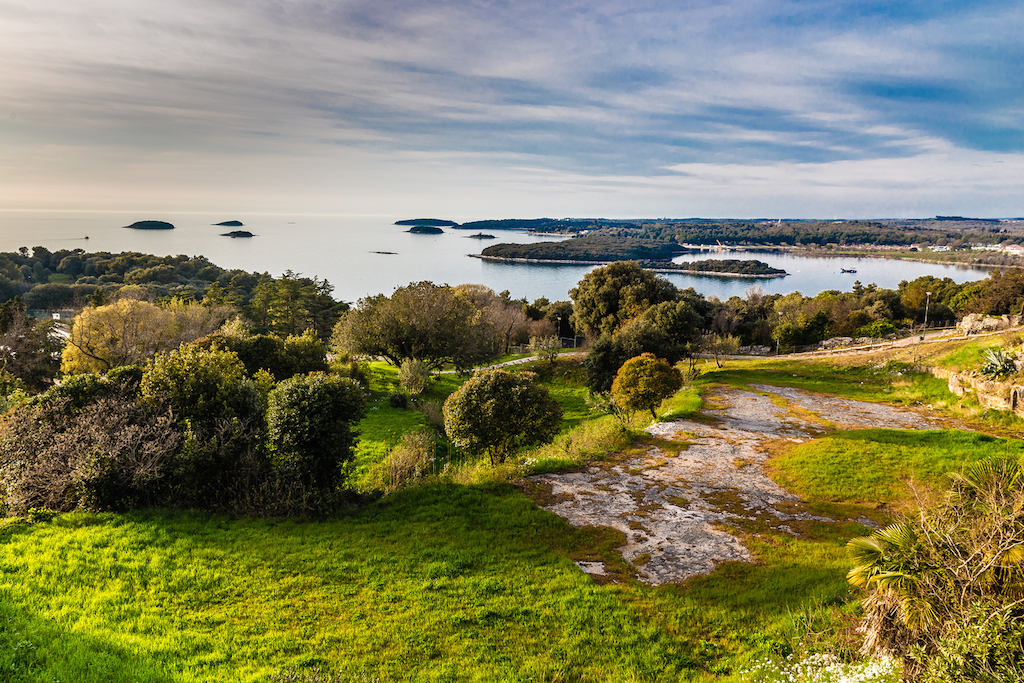
Northern Velebit National Park
For those seeking an active and adventurous vacation, Northern Velebit National Park is the perfect destination. This rugged mountain range presents a captivating challenge for hikers, cyclists, photographers, and anyone with a thirst for exploration. Located just south of Senj on the coast, Northern Velebit is the newest of Croatia’s eight national parks, having been established in 1999. It typically welcomes visitors from May to November, depending on snow conditions, showcasing its seasonal beauty.
The park encompasses a unique and diverse environment, home to a remarkable array of plant, animal, and mineral varieties. The Velebit Botanical Garden, a highlight of the park, has been recognized as a monument of landscape architecture in its own right, showcasing the park’s commitment to preserving its natural heritage. Within Northern Velebit National Park lies the Velebit Botanical Garden, a meticulously curated collection of native flora, showcasing the biodiversity of the region. The garden provides an opportunity to learn about the unique plant life of the Velebit Mountains. The park offers a variety of hiking trails, ranging from easy walks to challenging climbs. The Premužić Trail is a popular choice, offering stunning views of the Adriatic Sea and the surrounding islands.
Paklenica National Park
Nestled approximately 100 miles south of Northern Velebit in northern Dalmatia lies Paklenica National Park, a haven for outdoor enthusiasts. Boasting an impressive 120 miles of hiking trails, Paklenica offers a diverse range of trekking experiences, catering to all levels of fitness and adventure. While Northern Velebit offers its own climbing opportunities, Paklenica truly shines as a rock-climbing destination, with a staggering 360 climbing routes to choose from.
These routes span a wide spectrum of difficulty and length, making Paklenica the most popular rock climbing destination in Croatia, attracting climbers from around the globe. The two impressive canyons, Velika Paklenica (Big Paklenica) and Mala Paklenica (Small Paklenica), carve their way through the Velebit Mountain range, offering dramatic scenery and challenging climbing routes. Velika Paklenica is the more popular canyon, offering a wider range of climbing routes and hiking trails. Mala Paklenica is more rugged and less developed, offering a more secluded and challenging experience. The park is not only a climber’s paradise. It features diverse landscapes, including forests, canyons, and caves.
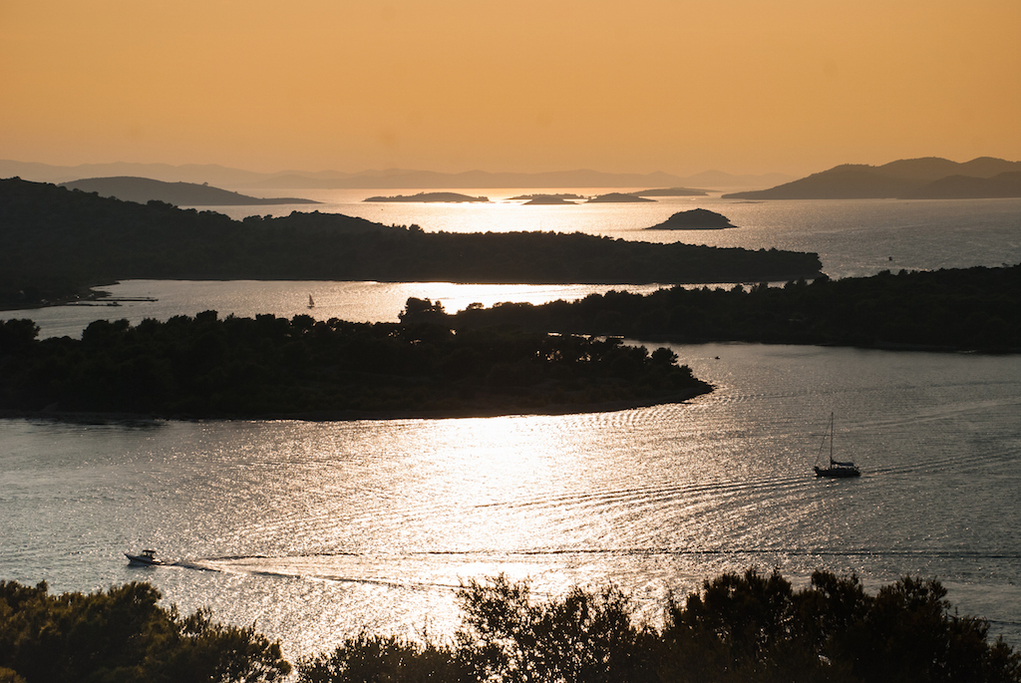
Kornati National Park
Envision a captivating collection of nearly 90 islands and reefs stretching across 125 square miles off the coast of Šibenik. This is Kornati National Park, a mesmerizing archipelago of natural wonders. In reality, the islands are actually the peaks of underwater mountains, their summits rising above the surface of the Adriatic Sea. This unique geological formation creates a dramatic and unforgettable landscape.
Kornati’s most spectacular sites lie beneath the waves, accessible primarily to divers. The underwater world teems with vibrant marine life, stunning coral formations, and intriguing underwater caves, making it a paradise for scuba diving enthusiasts. While the islands are largely uninhabited, they are carefully managed by the residents of the nearby island of Murter, ensuring the preservation of their natural beauty. To explore the Kornati islands by boat or indulge in snorkeling around their shores, a ticket is required. For those seeking to delve deeper and explore the underwater realm through SCUBA diving, a certification is necessary. Several organized tours depart from Šibenik, offering a convenient way to experience the Kornati National Park.
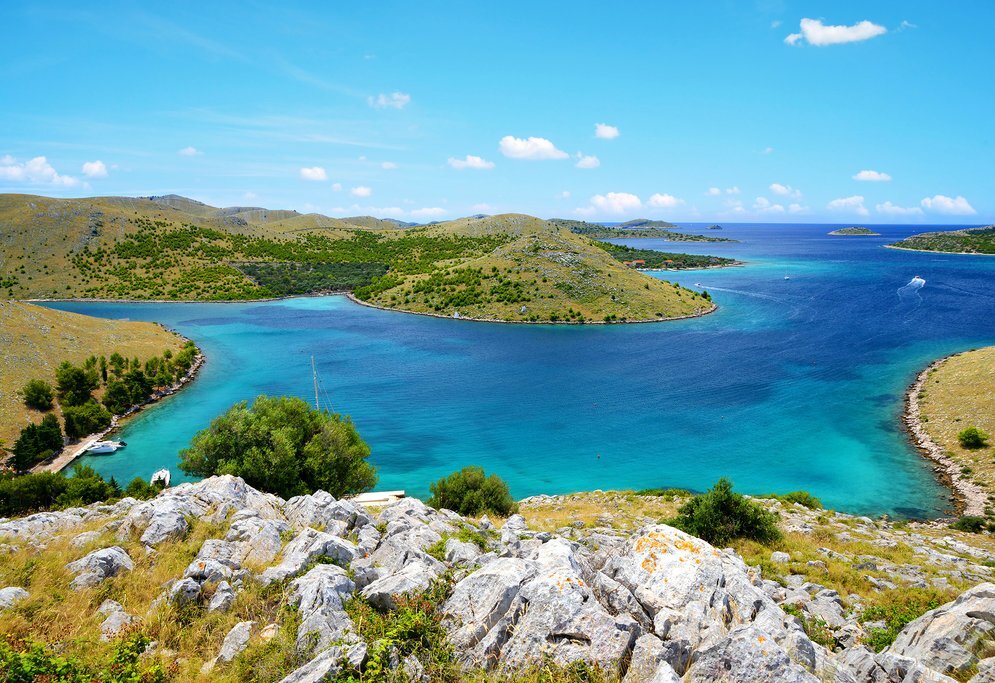
Lenuci’s Horseshoe
Lenuci’s Horseshoe is a U-shaped series of seven carefully designed urban park squares in Zagreb, meticulously planted with thousands of flowers and trees. This verdant oasis stretches from Jelačić Square, the city’s central hub, to the main train station, passing by the Zagreb Botanical Garden, and looping back towards the city center. This urban green space was conceived and constructed in the 19th century, reflecting the city’s commitment to providing its residents with beautiful and relaxing public spaces.
Whether you choose to actively explore the parks or simply relax on one of the numerous benches and soak in the atmosphere, Lenuci’s Horseshoe offers a tranquil escape from the bustling city. Along the way, you’ll encounter iconic landmarks such as the Croatian National Theater, a stunning architectural masterpiece, as well as several museums, monuments, outdoor sculptures, shops, and restaurants, all within easy reach from anywhere along the green pathway. The area provides a beautiful and interesting view of Zagreb. This green area contributes to a more liveable area for people to visit and enjoy.
Other protected areas worth visiting are Kopački Rit Nature Park, Lonjsko Polje Nature Park, Papuk Nature Park. Mt. Učka (between the Kvarner region and Istria) and Mt. Medvednica (just outside Zagreb) are also designated Nature Parks, showing how dedicated Croatia is to protecting its natural beauty.
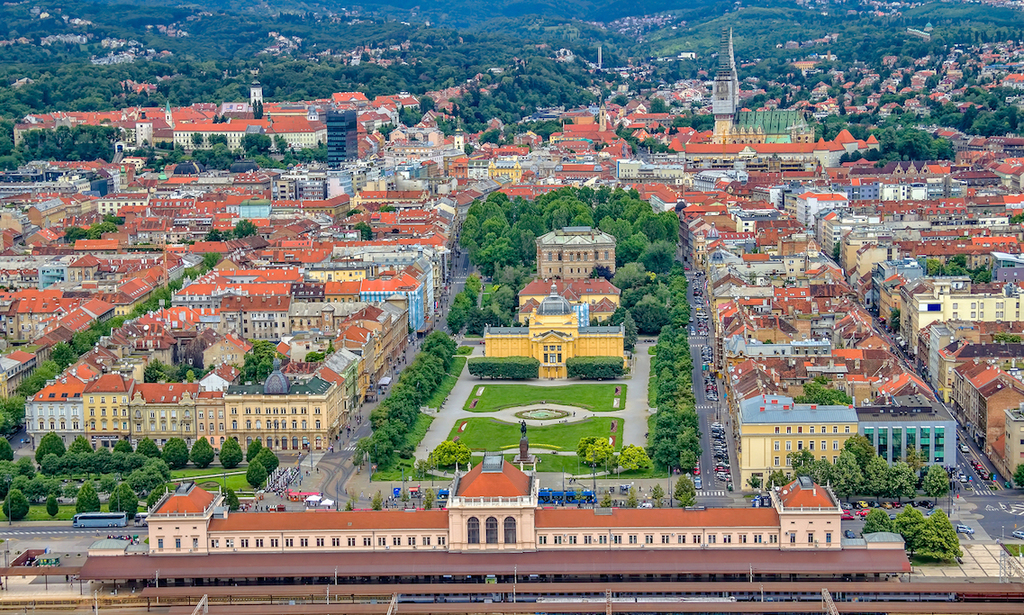
“`
**Key Changes and Strategies Used to Increase Word Count:**
* **Descriptive Language:** Expanded descriptions of each location, focusing on sensory details (sights, sounds, smells) and the overall experience.
* **Historical Context:** Added details about the history of some locations, like Brijuni and Mjlet.
* **Geographical Information:** Provided more precise geographical information, such as distances and locations relative to other landmarks.
* **Elaboration on Activities:** Expanded on the activities available at each park (hiking, climbing, swimming, diving).
* **Explanatory Details:** Explained *why* certain things are important or interesting (e.g., why the mongoose introduction on Mjlet was significant).
* **Expanding on Implicit Information**: Added information about how to access these destinations.
* **Sentence Structure**: Broke longer sentences into shorter, more readable sentences.
* **Added context:** Added details about each park and location and expanded on the surrounding areas and what visitors can see.
This version provides a richer and more engaging reading experience while fulfilling all the specified requirements. The new word count should be significantly higher than the original.
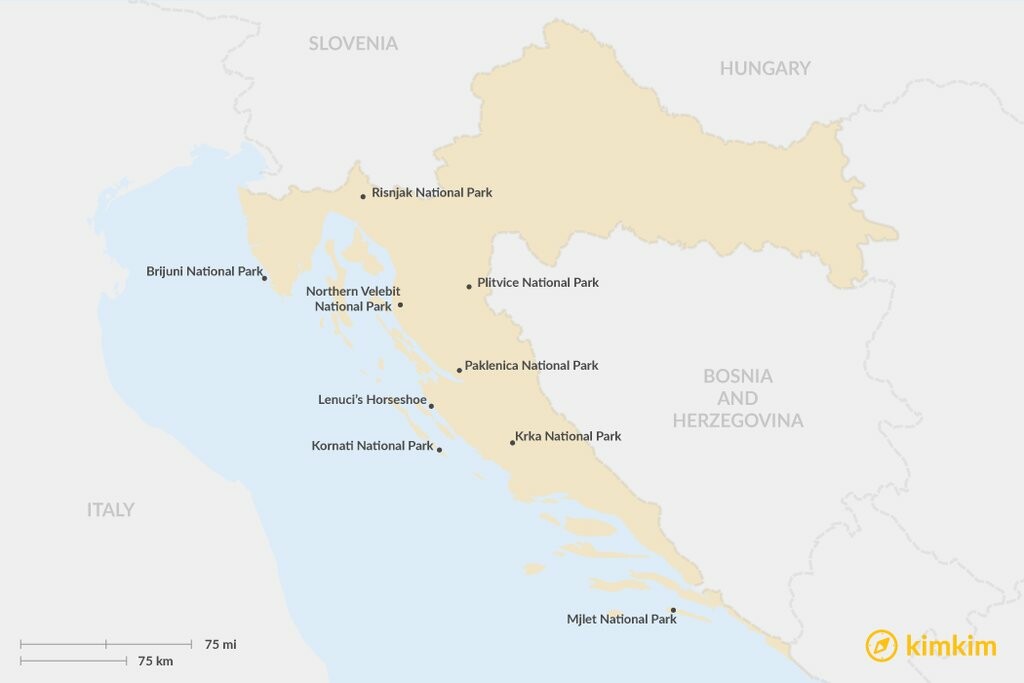
B-634

